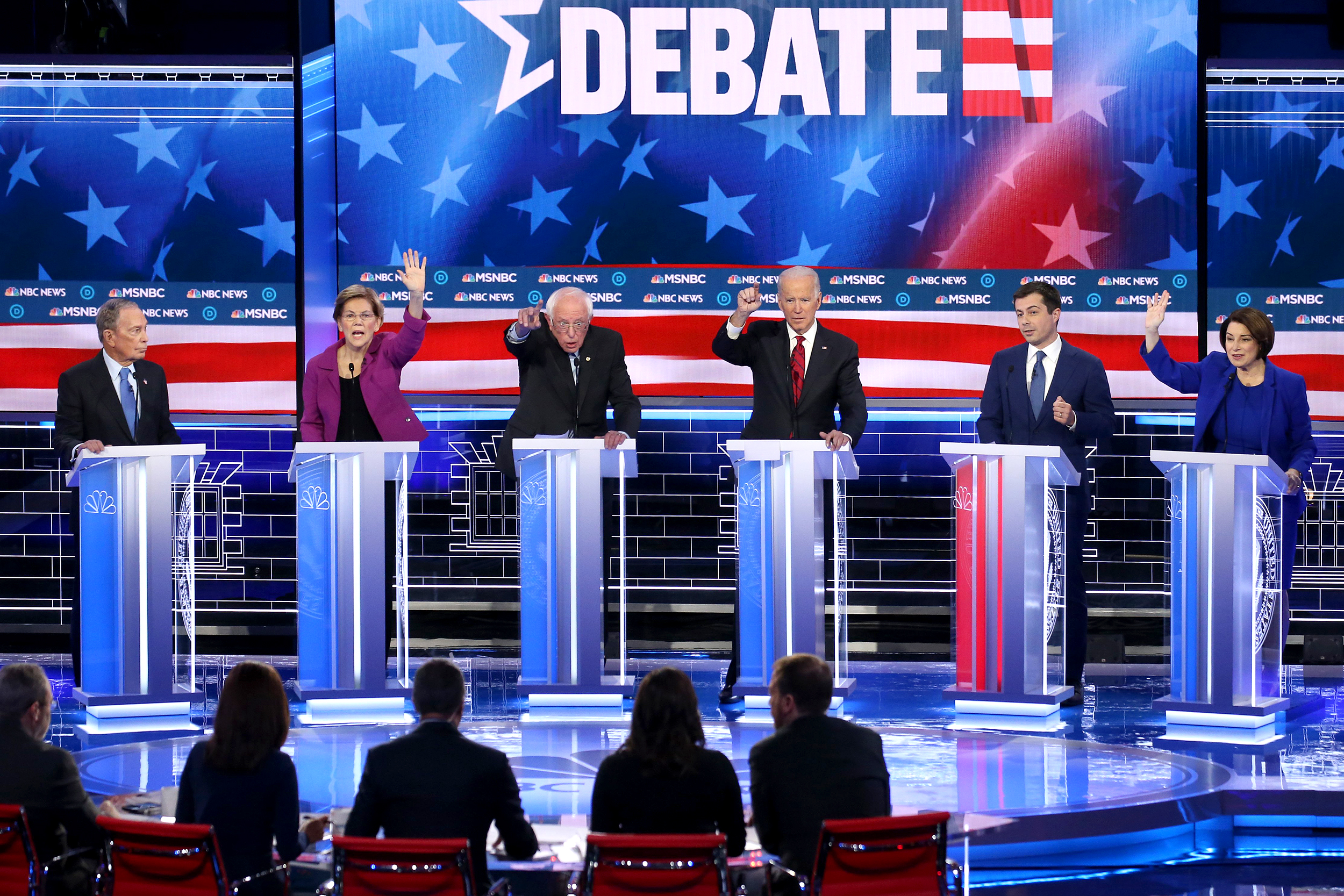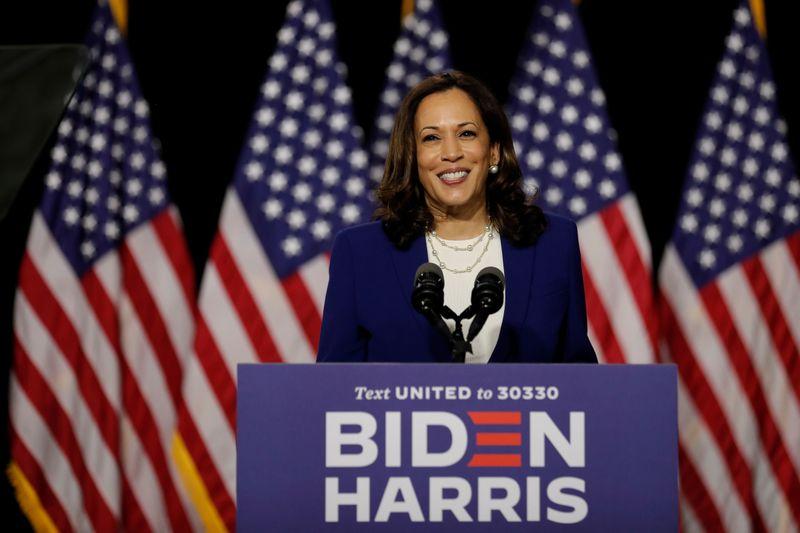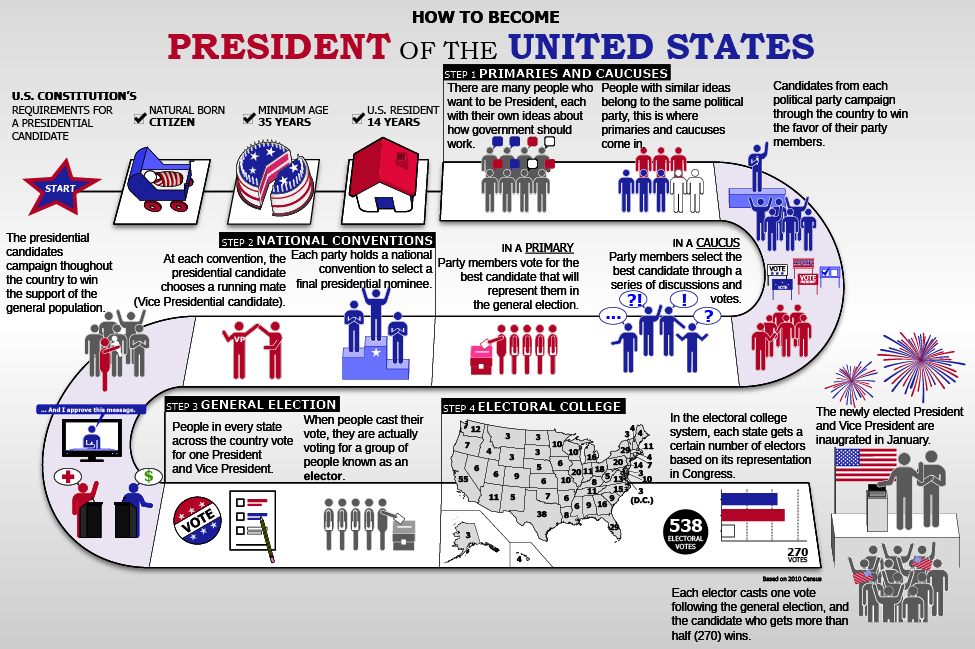How a President is Elected in the America

In 2016, Donald Trump’s victory in the U.S. presidential election prompted many to wonder how the U.S. system compares with the way other countries elect their leaders. The American political system has been a model for democracy to be exported and shared globally. It is a system that has been in place for over 200 years. While it has changed over years, the concept has stayed the same. This idea was adopted during the constitutional convention in Philadelphia in 1776.
Did you know that WHERE you vote is more consequential than WHO you vote for in America? The public does not vote directly for their choice of president. However the system in place takes into account people being able to vote and choose the candidates they want but on the other hand ensuring that candidates do not ignore large part of the country when campaigning.
Well, presidential elections take place every four years. The two main parties, the Democrats and the Republicans host big get-togethers (Democratic National Convention and Republican National Convention) where they choose their presidential candidates. The person they think will be the best leader for the nation.
The winning candidate then chooses their vice presidential candidate also known as their running mate to help support the campaign. Presidential candidates usually choose someone with different areas skill or knowledge so that they present voters with the best package. Together, they are known as a ticket. For example, in the current 2020 campaigns, the Democratic Party has Joe Biden and Kamala Harris on their ticket.

The constitution set up the Electoral College which assigns a certain number of electoral votes to each state. There is a total of 538 electors who meet in mid-December after the ‘People’ vote in November and they are the ones who actually elect the president. Non-the-less, this is how you actually become a US president:
You have to win 270 electoral votes or more cast. Here is how those votes breaks down. There are 538 Electoral Votes made up of 100 Senators, 435 House of Representatives, 3 Washington DC representation electors.
In most US elections, a handful of states will determine a winner because of the Electoral College. They choose the president based on state electoral vote totals and the president doesn’t need to earn the highest number of individual votes nationally. Historically speaking, there have been five times US presidents have won with electoral votes versus the majority number of votes;
- Donald J Trump to Hillary Clinton in 2016. (Trump won the election by 74 electoral votes despite losing the popular vote by nearly 3,000,000 votes)
- George W Bush to Al Gore in 2000 (Al Gore lost by 5 electoral votes following a supreme court decision that settled a re-count dispute in Florida, however, he won more than 500,000 votes nationally)
- Grover Cleveland to Benjamin Harrison in 1880
- Samuel Tilden to Rutherford B Hayes in 1870
- Andrew Jackson Vs John Quincy Adams in 1824
Only the U.S. has a system in which voters elect a body of “electors” whose sole function is to actually choose the president. All the electors will vote for the presidential ticket which receive the most support in the public vote. Most states follow a winner takes all approach. 48 states have that system except for 2 states, Maine and Nebraska: who are the 2 exceptions to this rule. They allow for more than one candidate to earn electoral votes. In the case of Senators, like the House of Representatives they are also elected into office by the public. They serve six year terms, so every two years a third of the senators run for re-election. Each state is represented by two senators regardless of its population.
So, when you are in the polling booth to vote, you are actually voting ‘NOT DIRECTLY’ for a candidate but you are voting for electors who have pledged to meet in December to vote for a particular candidate. It may seem complicated but the creation of the Electoral College is consistent with founders’ emphasis on indirect democracy.
At the time the country was divided and there was no clear way to campaign on a national level or bring awareness about the candidates to the citizens. However, the state legislators were at the time in a better position to have an awareness of what was going on in national politics. Though still to this day, the US constitution does not clearly outline how these presidential electors should be selected.
If you are an American living in Uganda, please click the link below for more resources for the 2020 U.S. Elections: https://americanspaces.state.gov/2020-u-s-elections-toolkit/
For further information and assistance, contact the US Embassy in Uganda on;
Facebook: U.S. Embassy Kampala
Instagram: @ usmissionuganda
Twitter: @usmissionuganda
Website (Voting Resources Inc.): https://ug.usembassy.gov/u-s-citizen-services/voting/

